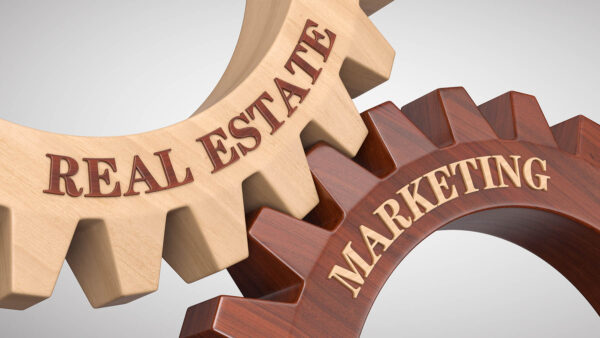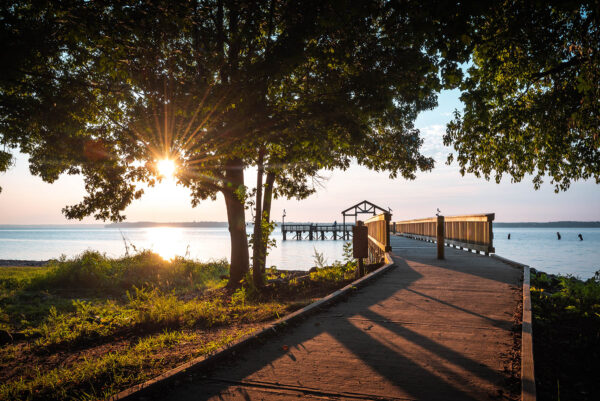Washington, D.C., a city known for its rich history, iconic landmarks, and political significance, is also home to several historic neighborhoods experiencing remarkable transformations. Among these, Shaw and U Street are prime examples, embodying the essence of revitalization and cultural revival. In this article, titled ‘Revitalizing Shaw and U Street,’ we will delve into the remarkable resurgence of these historic D.C. neighborhoods and explore the key factors contributing to their revival.
Shaw: A Historic Gem Regains Its Luster
The Historic Roots of Shaw
Shaw, named after Colonel Robert Gould Shaw of the 54th Massachusetts Infantry Regiment, has a deep and storied history dating back to the late 19th century. Originally a thriving African American community, Shaw was known for its vibrant cultural scene, businesses, and theaters.
However, like many urban areas in the mid-20th century, Shaw faced economic decline and social challenges, leading to a period of disinvestment and neglect. Vacant buildings and abandoned storefronts became commonplace, casting a shadow over the neighborhood’s once-vibrant spirit.
The Catalysts for Change
The revitalization of Shaw began in the early 2000s, driven by a confluence of factors. One of the key catalysts was the city’s commitment to investing in infrastructure and public spaces. Streetscape improvements, the introduction of bike lanes, and the restoration of historic facades breathed new life into the neighborhood.
Additionally, Shaw’s strategic location, just north of downtown D.C., made it an attractive destination for developers seeking to transform neglected properties into modern residences and commercial spaces. The influx of young professionals and artists seeking affordable housing options further contributed to the neighborhood’s rejuvenation.
Cultural Revival and Community Engagement
One of the most remarkable aspects of Shaw’s revival is the preservation of its cultural heritage. Local organizations and residents have played a crucial role in ensuring that the neighborhood’s African American history remains a central part of its identity. Institutions like the African American Civil War Museum and the Howard Theatre have been lovingly restored, offering a glimpse into Shaw’s rich past.
The Shaw community actively embraces its diversity and cultural roots through events, festivals, and art exhibitions. This inclusivity has fostered a sense of belonging among both long-time residents and newcomers, creating a vibrant and tight-knit community.
U Street: From the Jazz Era to Modern Elegance
The Jazz Era Legacy
U Street, often referred to as “Black Broadway,” holds a special place in the history of American music and culture. During the Jazz Age, this neighborhood was a thriving hub of creativity, hosting legendary musicians like Duke Ellington and Ella Fitzgerald. Jazz clubs, theaters, and art venues flourished, making U Street a focal point of African American entertainment and nightlife.
However, the 1968 riots following the assassination of Martin Luther King Jr. left U Street in ruins, and it took decades for the neighborhood to recover from the devastation.
A Renaissance in Art and Entertainment
In recent years, U Street has experienced a renaissance in art and entertainment that pays homage to its illustrious past. The revitalization efforts have been marked by the reopening of historic venues like the Lincoln Theatre, which now hosts a diverse range of performances, from live music to comedy shows.
U Street has also become a hotspot for contemporary art galleries, boutique shops, and eclectic dining establishments. The neighborhood’s unique blend of history and modernity draws residents and visitors alike.
Real Estate Development and Adaptive Reuse
The real estate landscape of U Street has undergone a remarkable transformation. Vacant buildings and blighted properties have been repurposed into trendy apartments, condominiums, and commercial spaces. Developers have skillfully integrated modern design with historical architecture, preserving the neighborhood’s character while meeting the demands of urban living.
Adaptive reuse projects have breathed new life into historic buildings, turning former warehouses and factories into stylish lofts and offices. These efforts have not only reinvigorated the physical landscape of U Street but have also attracted a diverse mix of residents and businesses.
The Broader Impact of Neighborhood Revitalization
The revitalization of neighborhoods like Shaw and U Street in Washington, D.C., extends beyond their borders. It serves as an inspiring example of how communities can come together to reclaim their history and identity while embracing the opportunities of modern urban living.
Economic Growth and Opportunity
The resurgence of these neighborhoods has brought economic growth and employment opportunities to the area. Local businesses, from boutiques to restaurants, have thrived, creating a dynamic local economy. The demand for housing and commercial spaces has generated jobs in construction, real estate, and hospitality.
The Role of Public-Private Partnerships
Successful revitalization efforts in Shaw and U Street are the result of effective collaborations between public and private sectors. The city government’s investments in infrastructure and public spaces laid the groundwork for private developers and entrepreneurs to invest in the area.
Preserving Cultural Heritage
Revitalization has not come at the cost of erasing history. Instead, it has focused on preserving and celebrating the unique cultural heritage of these neighborhoods. Museums, cultural institutions, and community events continue to honor the past while shaping the future.
A Testament to Resilience and Renewal
The revitalization of historic D.C. neighborhoods like Shaw and U Street is a testament to the resilience of communities and the power of renewal. These neighborhoods have shown that with the right mix of vision, investment, and community engagement, even the most neglected urban areas can regain their vibrancy and cultural significance.
As we celebrate the revival of Shaw and U Street, we are reminded that history, when preserved and respected, can provide the foundation for a brighter future. These neighborhoods stand as living examples of how urban development can honor the past while embracing the opportunities of the present.
In the heart of the nation’s capital, the renaissance of historic neighborhoods reminds us that every community has the potential for renewal and growth, contributing to the tapestry of a vibrant and evolving city.





